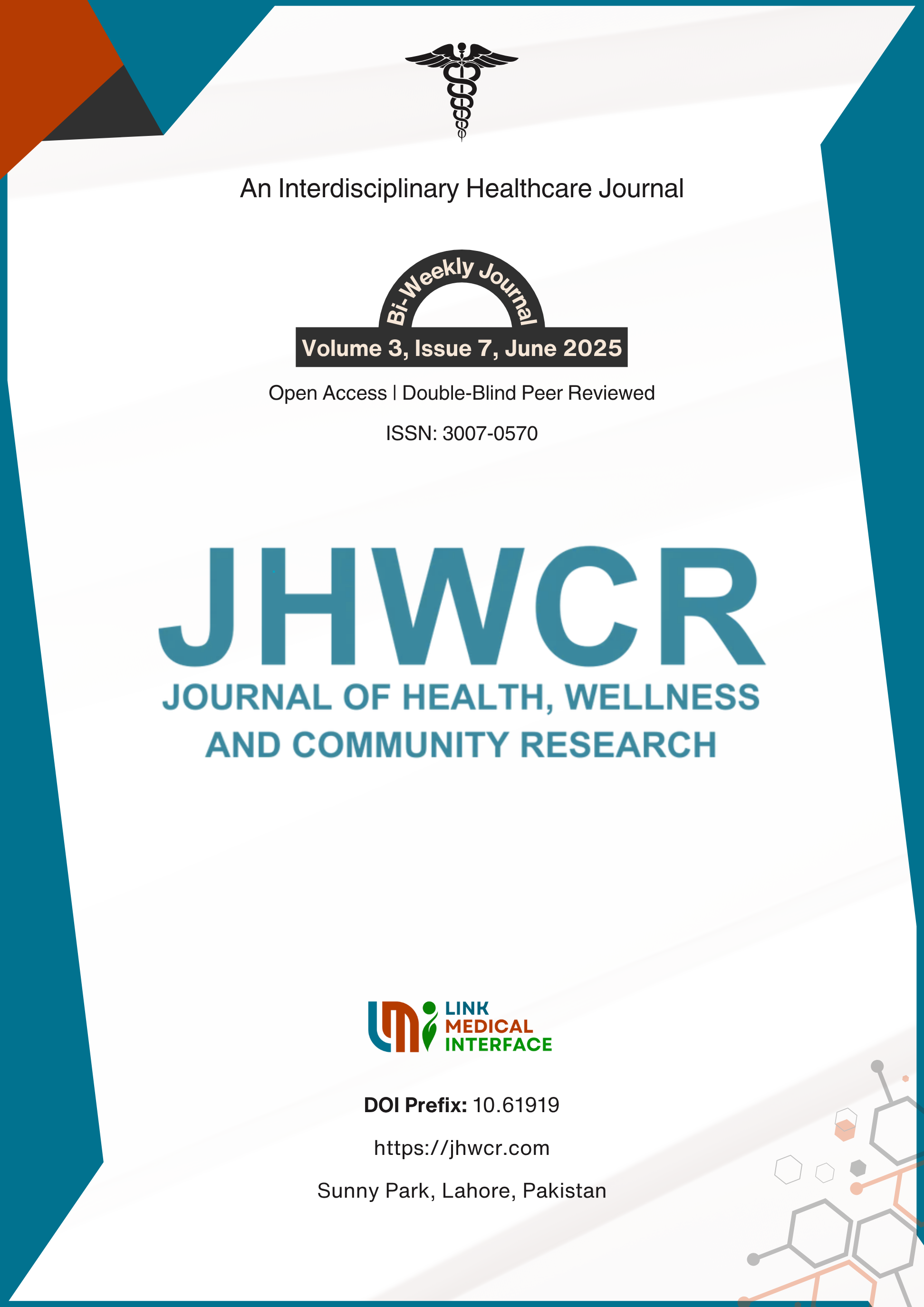Outcome Analysis of Noninvasive Ventilation in Acute Exacerbation of COPD Patients with Type 2 Respiratory Failure in Pulmonology Unit
DOI:
https://doi.org/10.61919/45phb223Keywords:
Chronic Obstructive Pulmonary Disease, Noninvasive Ventilation, Type 2 Respiratory FailureAbstract
Background: Chronic obstructive pulmonary disease (COPD) is a leading cause of morbidity and mortality worldwide, with acute exacerbations often culminating in type 2 (hypercapnic) respiratory failure. Noninvasive ventilation (NIV) has emerged as an effective therapeutic option; however, limited local data exist regarding its clinical outcomes in resource-constrained settings like Pakistan. Objective: To evaluate the effectiveness of NIV in patients with acute exacerbation of COPD presenting with type 2 respiratory failure and to examine the association of demographic and clinical factors with NIV success. Methods: A quasi-experimental study was conducted at the Pulmonology Unit of Khyber Teaching Hospital, enrolling 143 patients aged 18–80 years diagnosed with AECOPD and type 2 respiratory failure. Baseline and 6-hour post-NIV arterial blood gases (ABGs) were recorded. NIV success was defined as clinical and ABG improvement without the need for endotracheal intubation. Data were analyzed using paired t-tests and chi-square tests; a p-value <0.05 was considered statistically significant. Results: The majority of patients were male (64.3%) and between 51–70 years of age. Hypertension (55.2%), diabetes (44.8%), and smoking (67.8%) were common comorbidities. Mean pH improved from 7.26 ± 0.05 to 7.36 ± 0.04, and PaCO₂ decreased from 69.4 ± 9.8 mmHg to 59.2 ± 7.6 mmHg within six hours of NIV initiation (p < 0.001 for both). NIV was successful in 137 patients (95.8%). No statistically significant associations were found between NIV success and gender, diabetes, smoking, biomass exposure, or socioeconomic status (p > 0.05). Conclusion: Noninvasive ventilation is a highly effective intervention for managing type 2 respiratory failure in COPD patients, demonstrating rapid physiological improvement and a high success rate. Broader implementation of NIV in similar clinical settings could significantly reduce the need for invasive ventilation and its associated complications.
Downloads
Published
Issue
Section
License
Copyright (c) 2025 Journal of Health, Wellness and Community Research

This work is licensed under a Creative Commons Attribution 4.0 International License.


